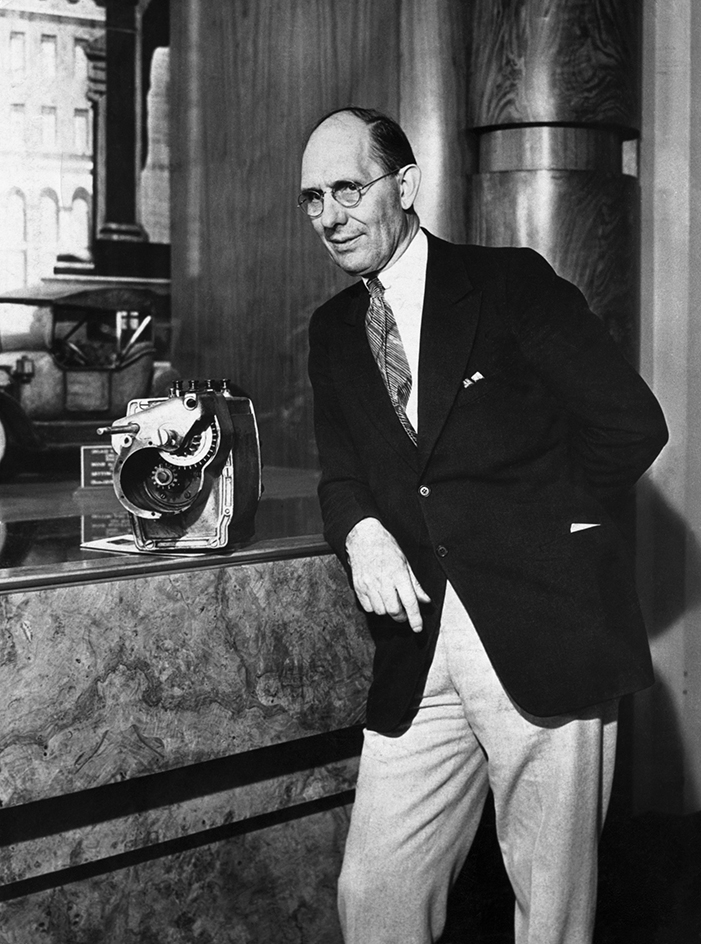Starter is a device that sets an engine in motion. Starters are used to start the engines of automobiles, trucks, locomotives, airplanes, and other vehicles.
Automobile starters
consist of three main parts: (1) a motor, (2) a pinion with an overrunning clutch, and (3) a solenoid. The motor is operated by electric power supplied by the car’s battery. The pinion is a small gear that connects the motor to the car’s engine and enables it to turn the engine’s crankshaft. The solenoid acts as a switch between the battery and the starter motor. It also controls the action of the pinion and overrunning clutch. The overrunning clutch disengages the pinion from the engine when the engine starts and speeds up.
Loading the player...Direct-current motor
When the driver turns the key in the car’s ignition, electric current flows from the battery to the solenoid. The current produces a magnetic field around the solenoid, pulling in a plunger. When the plunger is in this position, it connects the battery with the starter motor. A wire-wrapped cylindrical conductor in the starter motor, called an armature, then receives electric current from the battery and begins to rotate.
As the plunger connects the battery with the starter motor, it forces a shift lever to push the pinion and overrunning clutch onto the drive shaft attached to the armature. The notched teeth of the pinion mesh with those on the flywheel, making it spin. The flywheel turns the crankshaft, which moves the pistons and sparks the engine, thus starting the car.
The American engineer and inventor Charles Kettering developed the first successful electric starter for automobiles in 1911. It was first used on the 1912 Cadillac. Prior to Kettering’s invention, automobile engines were started manually. Before getting into the car, the driver inserted a crank into the front of the engine. The driver turned the crank, which was connected to the crankshaft, until the engine started. After the engine started, the crank was supposed to disengage from the crankshaft. However, many times the crank did not do so, and the spinning crank would injure the driver.

Diesel starters
are used in diesel-powered engines. Such engines are widely used in trucks and locomotives. Diesel engines require more starting power than gasoline engines because they work at much higher compression. Some diesel engines have powerful electric starters similar to those in automobile engines. Locomotive diesels use their generators as electric starters. Many diesels are started by pumping compressed air directly to some of the cylinders. The air drives the pistons until the engine can fire on its own. A small auxiliary (helper) engine starts other diesels. See Diesel engine .
Airplane starters.
The first airplanes were started by pulling the propeller by hand, causing the crankshaft to turn. A few small propeller aircraft still start this way. However, most propeller-driven light planes have an electric starter similar to those found in automobiles.
Most large commercial and military airplanes are equipped with an air turbine starter or a jet turbine starter. These small turbine engines bring the main jet engine up to normal operating speed by supplying it with high-pressure air. A separate auxiliary power unit (APU), located on the plane or on the ground, provides power for the starter.
